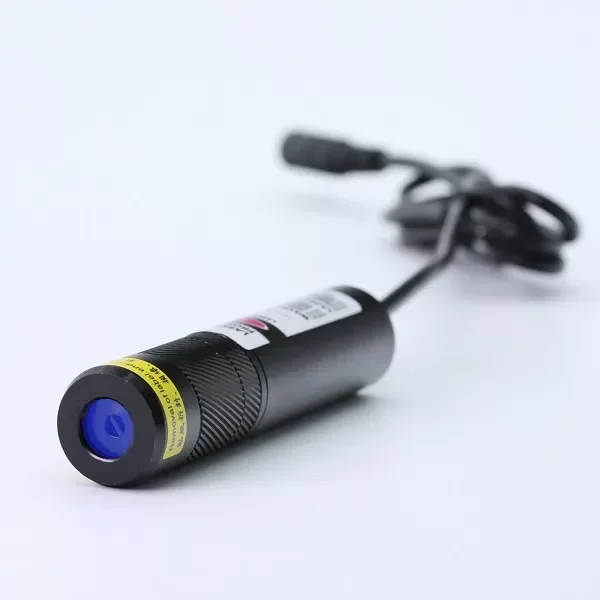Photovoltaic energy plays an important role as a renewable energy source in discussions on solving future energy problems. Technological progress is a crucial prerequisite for achieving electricity parity, such as reducing the cost of photovoltaic power generation to close to the cost of traditional energy through technological progress.
At present, crystalline silicon solar cells are the dominant product in the photovoltaic market, with a conversion efficiency of up to 20%. In the manufacturing process of crystalline silicon solar cells, lasers are mainly used for wafer cutting and edge insulation.
Lasers are an important tool in the production of thin-film solar cell modules, especially high-performance ultra-short pulse lasers, which can provide ultra-short pulses with durations of only a few picoseconds, which not only help manufacturers increase yields, but also optimize processing processes .
The power of a solar cell is proportional to the area, and the required area and number of cells can be calculated according to the required voltage and power. Since the size of the solar cell is fixed, when the area cannot meet the requirements, the solar cell should be scribed and sliced. And scribe cutting is an irreversible process that cannot be recovered. Once a problem occurs, the entire solar cell may be partially or completely scrapped. In addition, the width of the scribe line has an important influence on the performance of the solar cell. When the line width is low, it may be short-circuited, and when the line width is high, the shading loss is large. Laser precision cutting technology can be applied to scribing and cutting large-area cells, which can precisely control the cutting precision and thickness, further reduce cutting debris and improve battery utilization. At present, laser precision cutting technology has been widely used in the field of solar cells.
During laser edge isolation, a laser-assisted doping process is used to prevent power loss due to short circuits between the front and back sides of the cell. More and more lasers are used in laser-assisted doping processes to improve carrier mobility, especially for the contact fingers of electrodes. Thin-film solar cells have developed tremendously in the past few years, and industry experts hope that they will account for about 20% of the photovoltaic market in the future.
The layers used in thin-film solar cells are only a few micrometers thick, so they can save a lot of material in their production. Lasers play a decisive role in the fabrication of thin-film solar cells. During the entire manufacturing process, the laser structures and connects the cells into modules, and the modules are etched accordingly to ensure the required insulating properties.

Laser module exporter
Changshu Desheng Optical Electronics Co., Ltd. is a supplier of industrial laser diode modules in China. The company focuses on the planning, development and manufacture of high-stability, high-quality laser modules. Welcome to visit our website to contact us or learn more.